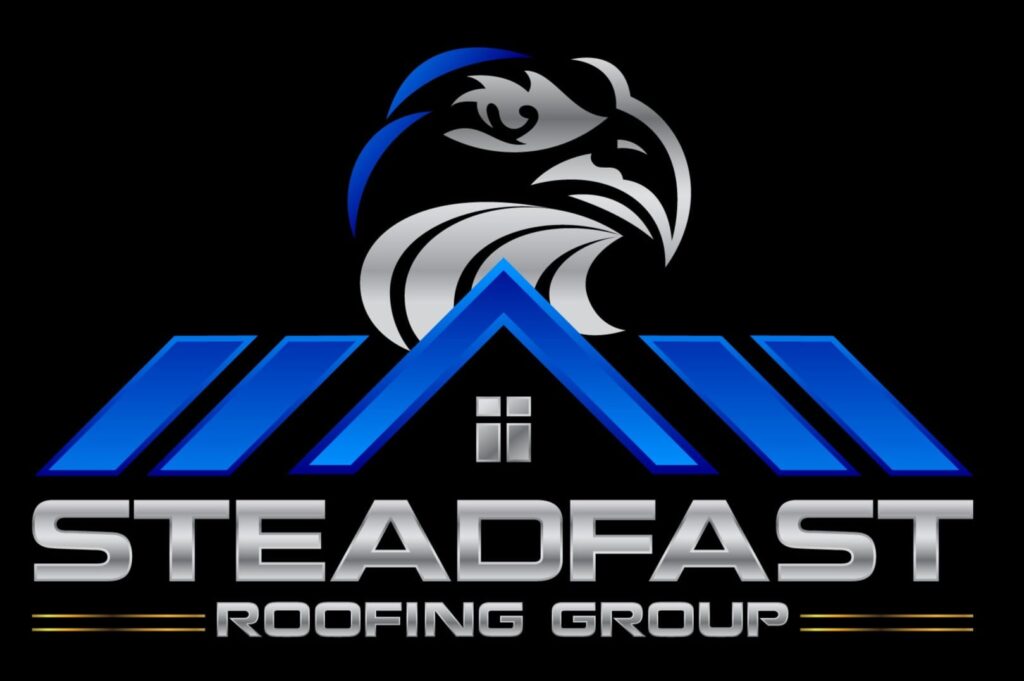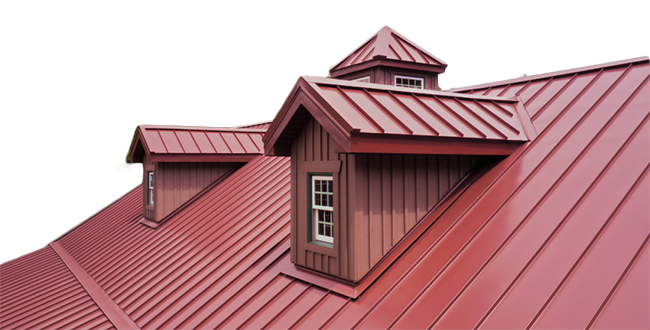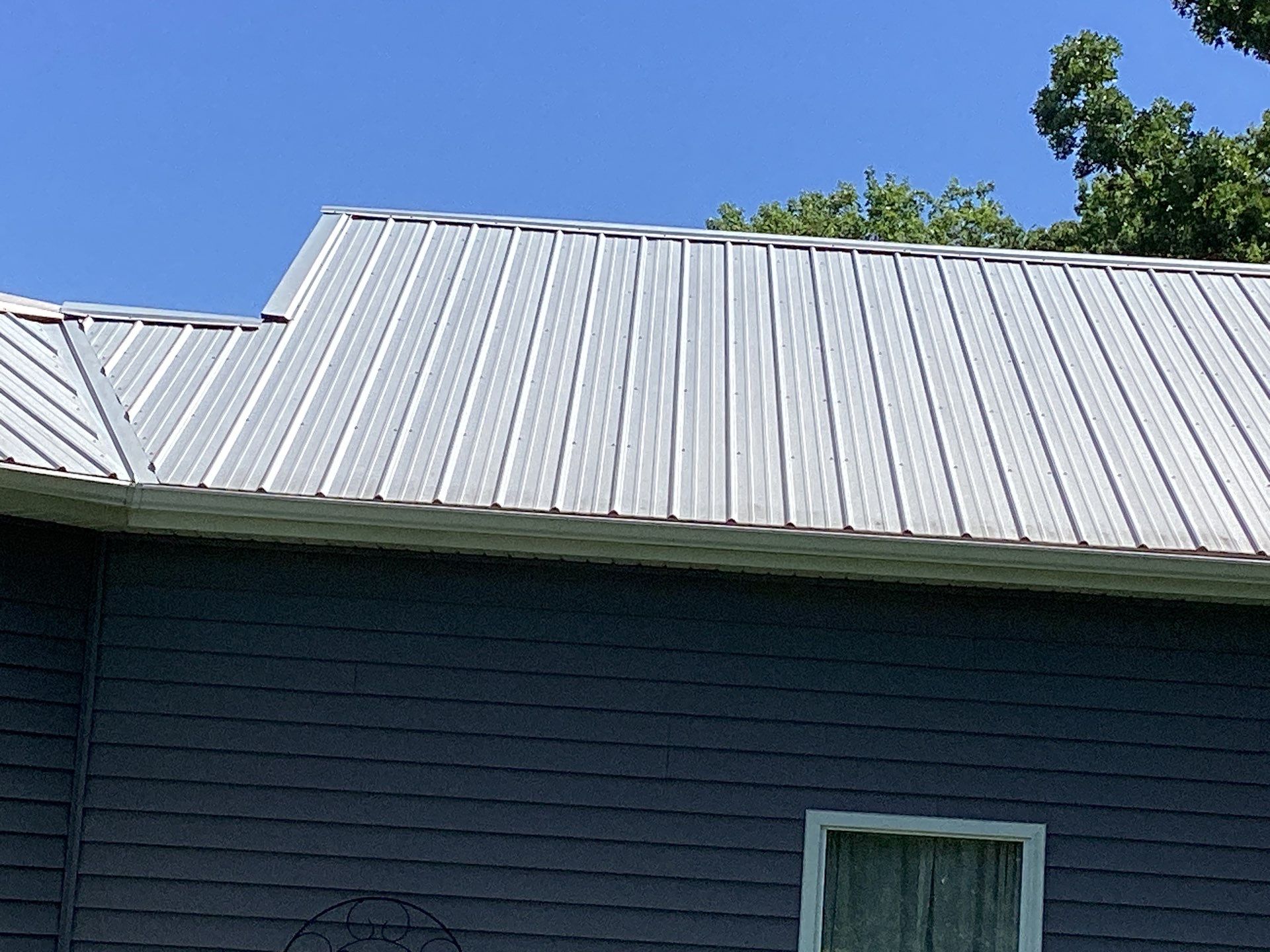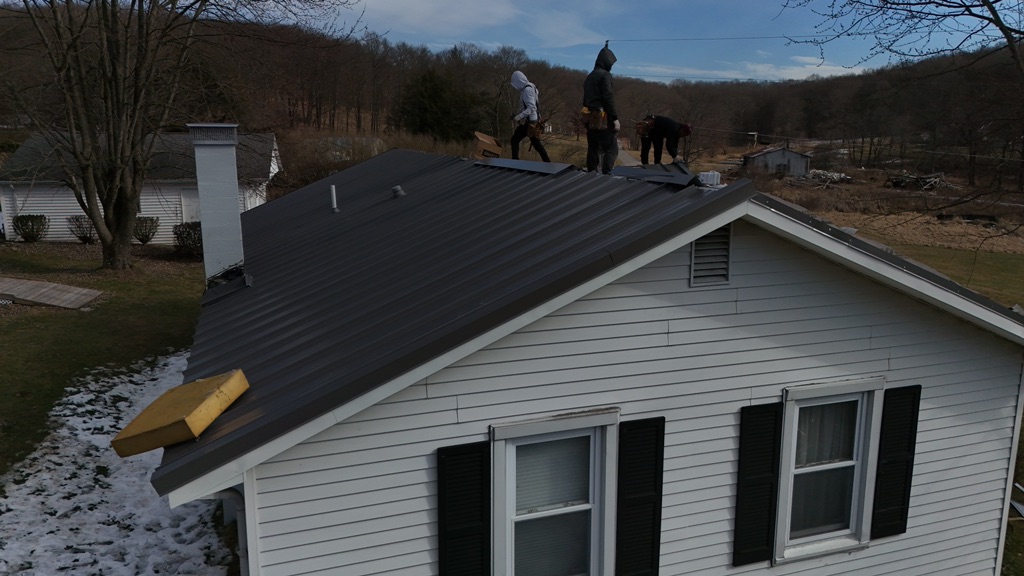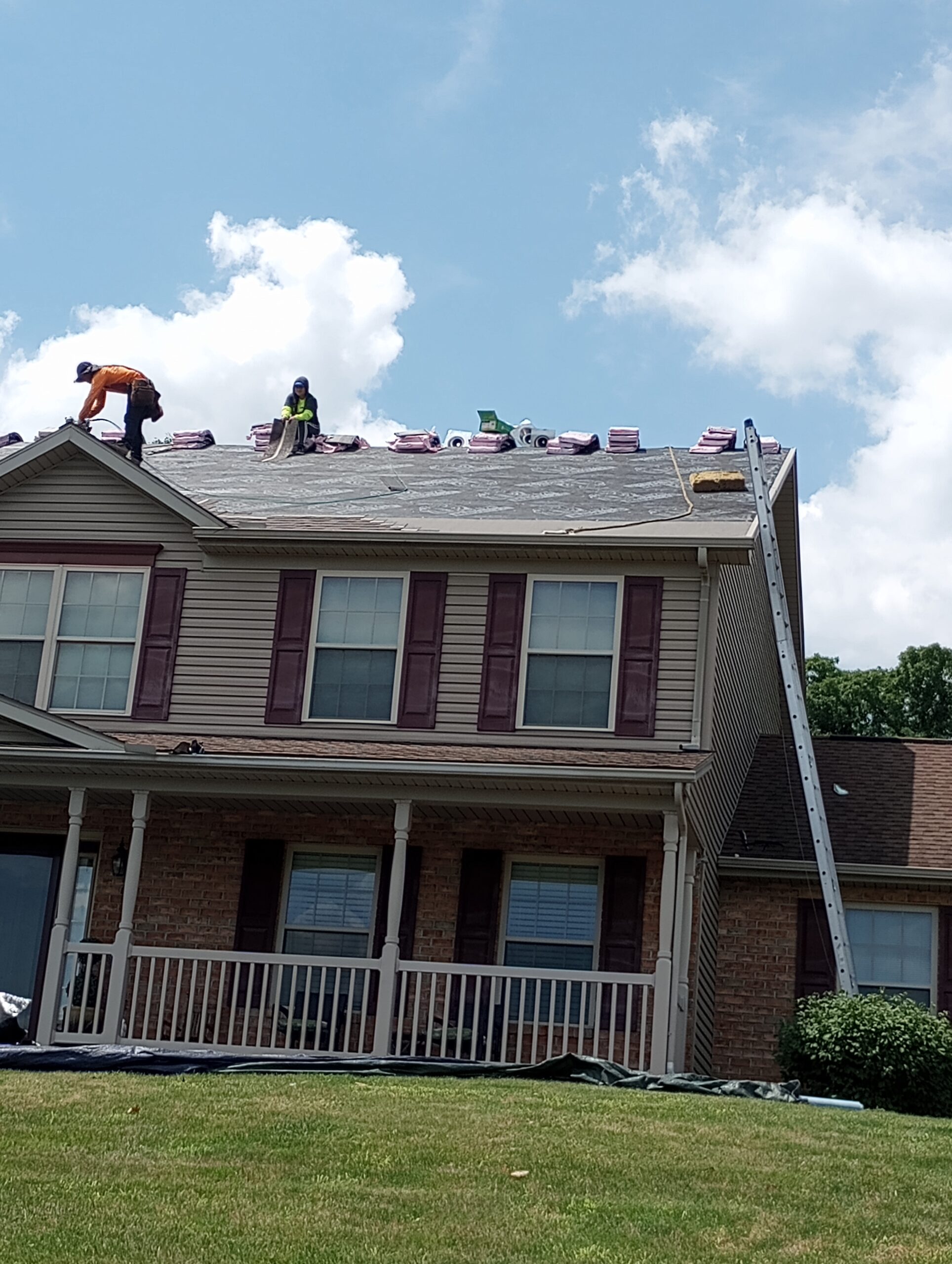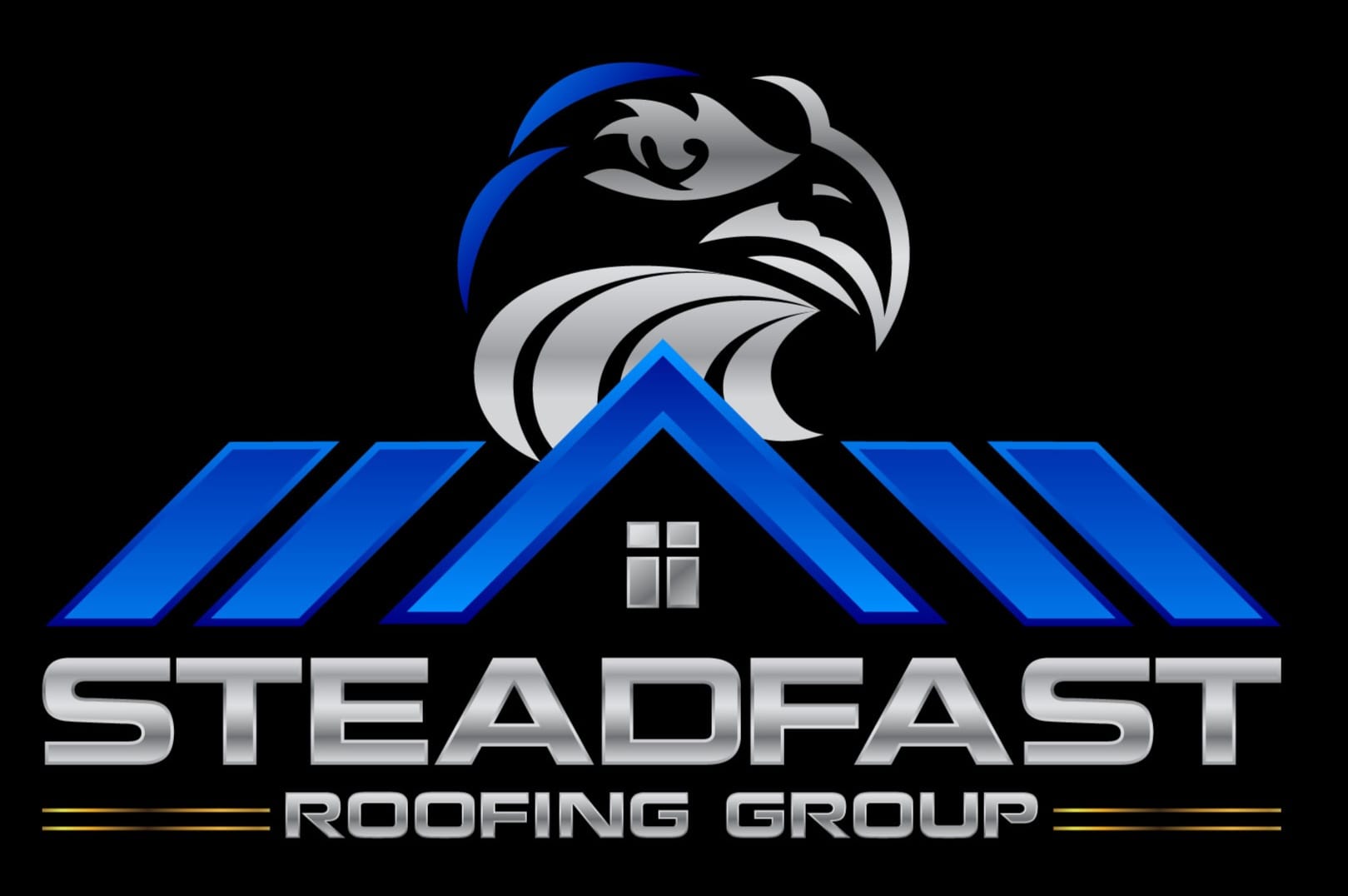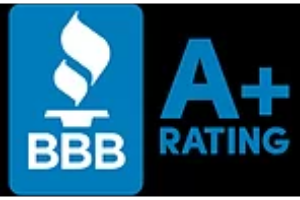The strength and durability of metal roofing have made it a popular choice for many residential, commercial and industrial buildings. Metal roofs are renowned for their longevity as well as for the fact that they can withstand extreme weather conditions such as high winds, heavy snow loads and hail storms. However, one of the most important factors to consider when installing a metal roof is how much weight it can support. This article will discuss in detail the various aspects related to how much weight a metal roof can hold.
Metal roofs are composed of several components which include aluminum or steel sheets, fasteners, screws and other materials. These components come together to form strong structures that are capable of withstanding significant amounts of load without compromising its structural integrity. The amount of weight a metal roof can hold depends on several key elements such as thickness and type of material used, number and size of fasteners used, pitch or angle at which the panels are installed and environmental factors like wind speed and direction.
Types Of Metal Roofs
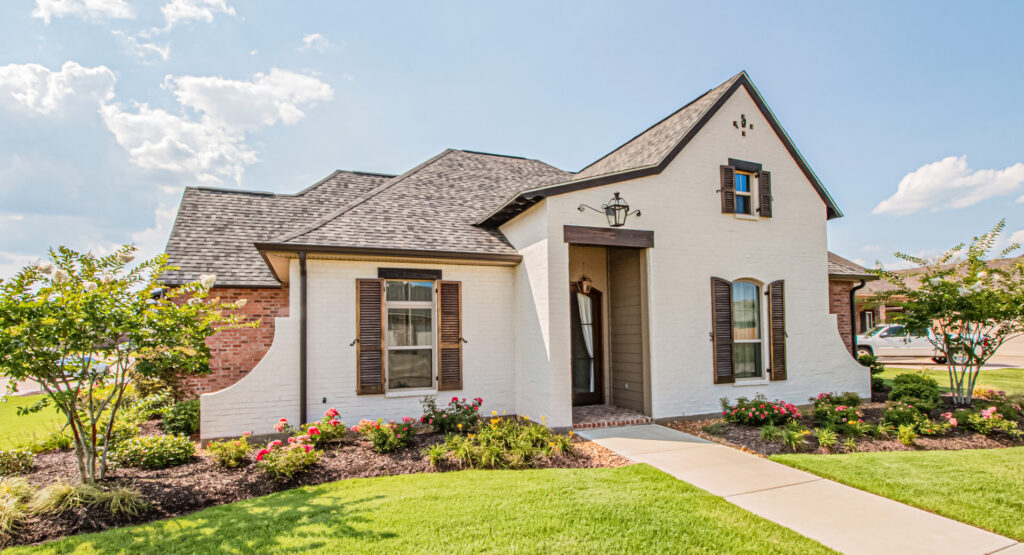
Metal roofs are a popular choice for many homeowners due to their durability, ease of installation and energy efficiency. They come in various types, each offering unique benefits and drawbacks. The most common type is the standing seam metal roof which features raised seams that run vertically from peak to eave. This design allows for superior water shedding ability and strength as panels interlock together along the seams making them stronger than traditional asphalt shingles. Other types include corrugated metal roofing, stone-coated steel roofing and ribbed panel systems.
Corrugated roofing typically comes in sheets or rolls with wave patterns on one side that provide additional structural support when installed over existing structures like barns and sheds. Stone-coated steel roofing consists of galvanized steel or aluminum base coated with an acrylic resin and then finished with colorful stones providing a long lasting finish while also reflecting sunlight which helps reduce cooling costs in summer months. Ribbed panel systems feature wide ribs running horizontally across the length of the panels creating channels where heat can escape keeping homes cooler during hot weather conditions.
Load Bearing Capacities
The load bearing capacity of a metal roof depends on several factors, such as the type of metal used in its construction, the dimensions and geometry of the structure, and the nature of any supporting structures. Generally speaking, steel is stronger than aluminum or other metals commonly utilized in metal roofs. The thicker and wider the sheet of material used for the roofing, the greater its load-bearing capacity will be. This can be further enhanced by using additional reinforcements such as purlins, trusses, rods or columns to support it from below. Additionally, if a building has an attic space underneath the metal roof with open rafters and joists providing extra structural stability, this also increases its load bearing capabilities significantly. In order to accurately determine how much weight a particular metal roof can hold safely without risk of collapse or damage due to overloading, detailed calculations should be made based upon all relevant information about that specific structure.
Calculating Weight On A Metal Roof
The weight capacity of a metal roof is determined by several factors, including the type and thickness of material used, as well as its structural design. The most common materials used for metal roofs are aluminum, steel or copper alloys. Each material has different strength properties which must be taken into account when calculating the load rating of a particular roof system.
In order to accurately calculate how much weight a metal roof can hold, it is important to consider both the dead-load (the permanent weight from elements like insulation and decking) and live-loads (temporary loads such as snow). For example, if there are two inches of insulation on a standard residential structure with an average pitch of 7:12, then the total dead-load would be around 8 pounds per square foot. On top of this load rating, one should also factor in any additional weight that may come from things like hail stones or heavy winds. Taking these variables into account will provide an accurate estimate for how much weight a given metal roof can handle without risk of collapse.
Local Building Codes And Regulations
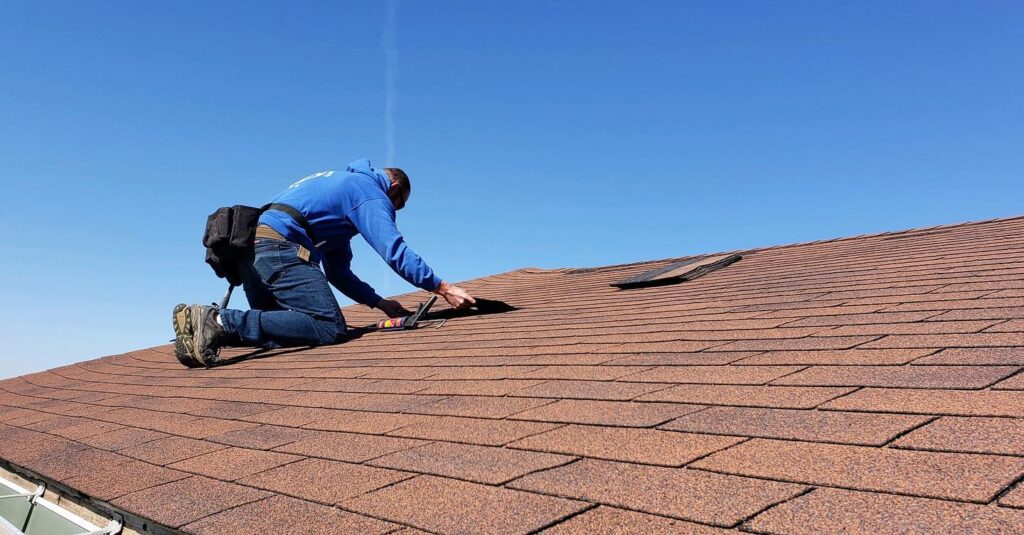
When determining the weight capacity of a metal roof, local building codes and regulations must be taken into consideration. The specific code requirements vary by jurisdiction; however, in general they include factors such as the type of material used for construction, number of stories, framing scheme, pitch or slope of the roof, environmental considerations and wind load specifications. It is important to consult with an experienced contractor who can provide information on applicable codes before beginning any project involving a metal roof.
The International Building Code (IBC) provides guidance when constructing metal roofs. According to IBC Section 1504.3 Roofs shall be designed for loads specified in Chapter 16 that are appropriate for the occupancy and location where constructed. This means that the design should consider how much snow load will accumulate during winter months and whether the area experiences high winds or extreme weather conditions which could impact its structural integrity. Additionally, it is important to note that some jurisdictions have adopted more stringent rules than those provided by IBC due to their particular environment or other factors so consulting local experts is key prior to construction.
Additional Considerations For Safety
When installing a metal roof, safety considerations should be taken into account. The weight of the materials being used for the roof must be considered when calculating how much weight it can hold. It is important to ensure that the structure is strong enough to support the load from both snow and wind. Additionally, all connections should be securely fastened with appropriate hardware so as to prevent any shifting or movement in high winds.
The installation process itself also needs to take safety precautions into consideration. All workers on the site should wear protective clothing and equipment such as hard hats, gloves and eye protection while working on the roof. Furthermore, adequate fall protection measures should always be implemented including guardrails or scaffolding around exposed edges of the roofing surface where there is risk of falling off. Finally, regular inspections during and after installation are necessary to ensure that no defects have developed over time which could potentially lead to collapse if left unchecked.
Retrofitting A Metal Roof To Increase Weight Capacity
When considering the weight capacity of a metal roof, additional considerations must be taken into account. Retrofitting is one option available to increase the maximum load that can be put on the roof. The process involves reinforcing and strengthening existing structure with acceptable materials including steel or concrete. It is important to use only approved methods and materials in order for this process to be successful.
The retrofitting of a metal roof should take place under the guidance of a qualified engineer who can assess any potential risks before beginning work. All components used in the retrofit process should meet safety standards set by local building codes as well as manufacturers’ instructions for proper installation. Additionally, it is essential to inspect the roof regularly after any changes have been made in order to ensure its stability and continued integrity over time.
Maintenance And Repair Of A Metal Roof
Regular maintenance of a metal roof is essential to ensure its longevity and performance. It should be inspected at least twice a year, preferably in the spring and fall. During these inspections, any loose screws or nails should be tightened and all joints checked for proper sealant application. In addition, it is important to check for rusting or corrosion on exposed areas of the roof. If any damage is found, repairs should be made as soon as possible.
The type of repair necessary depends on the severity of the problem. Minor dents can often be fixed with a patch kit; larger holes may require replacing entire sections of sheet metal. Rust spots can usually be repaired by sanding down the area and applying primer before repainting it with an appropriate coating. Properly sealed seams also help reduce potential water penetration into the structure underneath. Expert assistance from a professional contractor may be needed when dealing with more extensive damage such as broken trusses or cracked flashing seals.
